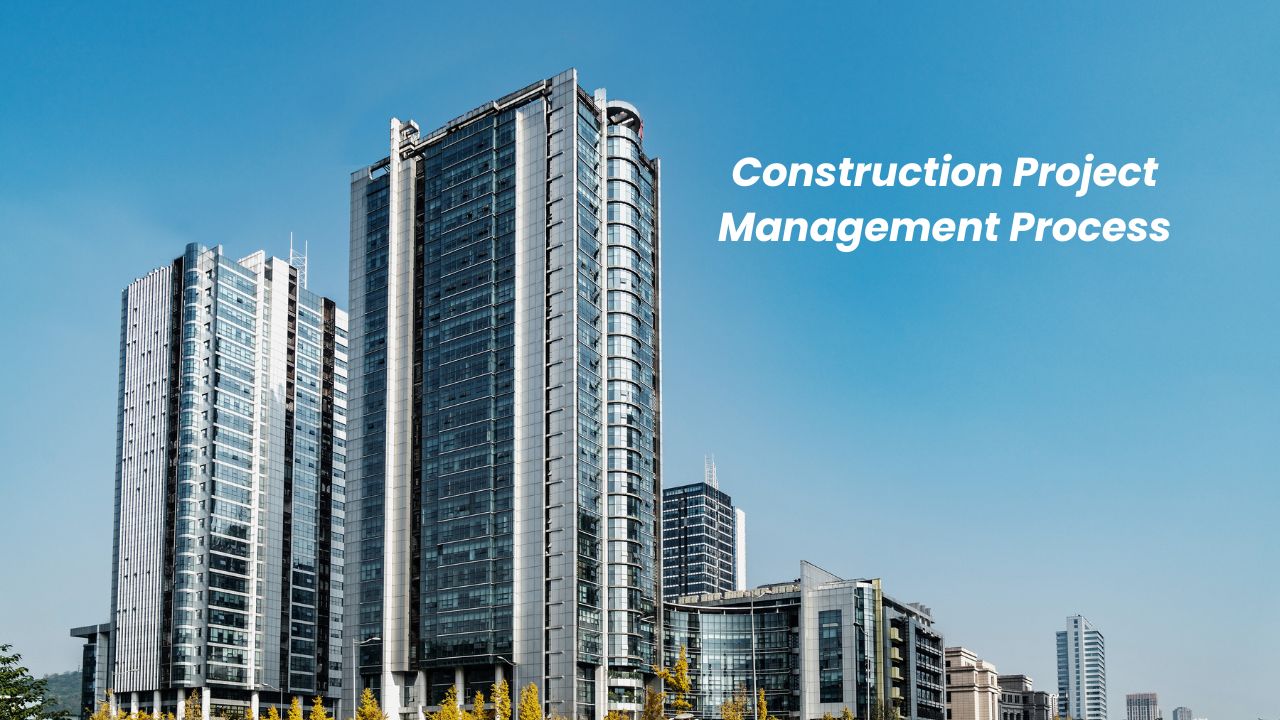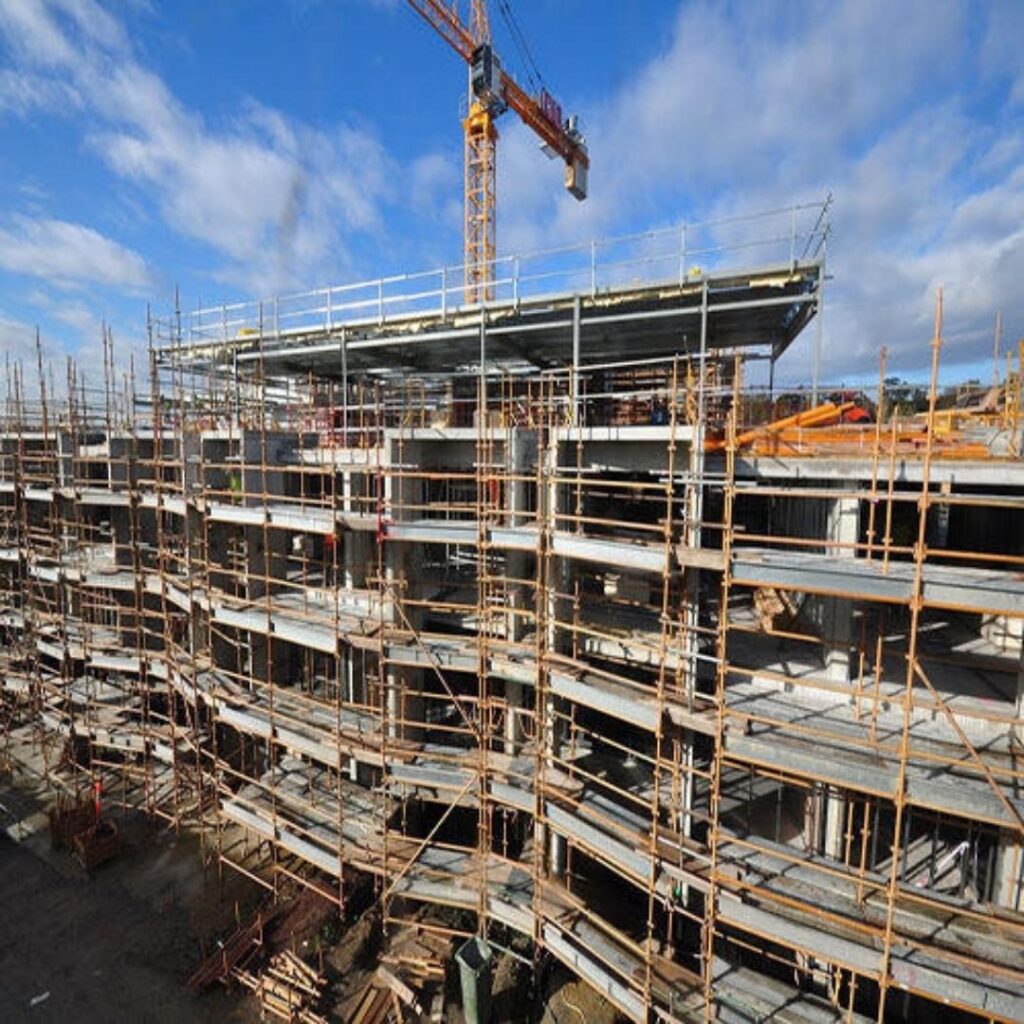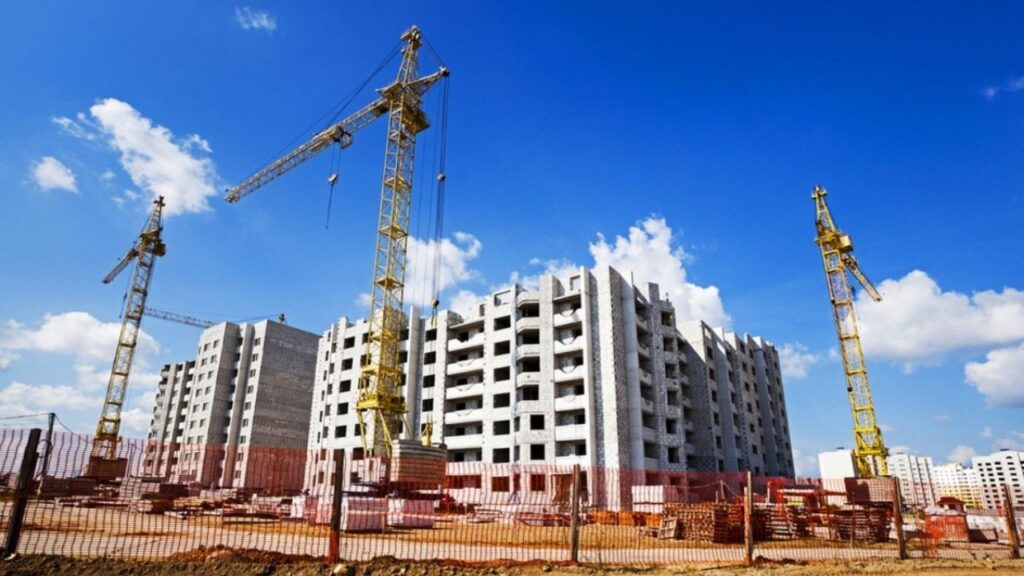Guide For Construction Project Management Process
Project management in construction includes a wide variety of tasks and considerations from inception to execution. Integrating vendors, tracking budgetary concerns, and collaborating with a team of specialists are just some of the activities project managers in construction can look forward to. If you’re just getting started in project management or are interested in learning more about how construction project management is different from general project management, make sure you review the contents of this section.

1. Start by Defining Project Goals
Even if you have a clear picture of what you need to build, everything related to construction starts by defining the project goals. If you have not defined the objectives, it will create a huge gap between what you expect and what you achieve. You can simply take advantage of your construction project management software to get insights from past projects with similar requirements to keep things sorted.
As the process of defining the project goals requires project managers and contractors to identify stakeholders including all teams who will be working on the site, make sure you consider all the representatives associated with the project such as consultants, design professionals, contractors, project owners, and any other representatives necessary. Keeping all stakeholders in a loop during the early stages of the project can help with better outcomes while giving a clear picture of what is required from the project.
To know the feasibility of the project and also making a business case to begin the project is the first step in the direction. A lot of moving parts have to be coordinated and the functioning has to be constantly monitored. Besides unraveling the complexity of each project is something that each contractor has to deal with from time to time.
Also, working with a team can help identify the list of all needs, eliminating any type of ambiguity in the process. Moreover, working with a team on such goals helps to define things with greater precision cutting down unnecessary costs, and ensure smarter construction.

2. Pre-construction
Now that the stakeholders have laid out the plans for the project and selected a contractor to carry out the job, it’s time for the CPM to begin preparing for the execution phase.
These preparations include site examinations, soil testing, creating a project schedule, checking for any unexpected issues at the site, assembling the necessary materials, selecting a construction project management software, as well as putting together your project team and worker base.
Some of the standard construction team roles include:
- Job supervisor: Intermediary that works between the field construction workers and the CPM in order to ensure supervision of work and ensure all project plans are communicated.
- Construction expeditor: This person is in charge of managing materials that flow from the supplier to the project. They are in charge of determining needed materials, ordering those materials, and ensuring quality control of the materials.
- Safety manager: This individual ensures that all personnel at the site are abiding by set safety standards and reporting any mishaps that may occur on the job.
- Construction foreman: The foreman is in charge of workers at the construction site. They oversee the project, track the completion of tasks, deal with payroll, and manage the time spent by each individual worker on the site.
- Electrician: As the name suggests, the electrician deals with setting up electrical connections within a construction project.
- Construction workers: These are the busy bees that hammer the nails, pour the concrete, and operate the large machinery that brings the project to life.
3. Scope statement & documentation
Scope statements are the project manager’s way of communicating the hopes and dreams clients have for this construction project. You can expect to find things like key project objectives, milestone definitions, and main benefits in this type of document. A scope statement is excellent throughout the project, but it can be especially useful at the end, when the final results are compared to the original work intent.

4. Working On The Design
After the process for developing the project is streamlined, the design process could be started immediately. This may involve the use of advanced building information modeling (BIM) tools and other techniques for working on the design while using a cloud-based integrated construction project management software for quick sharing of documents/drawings with teams.
Design management also involves a review of key submissions and verifying the inputs of all stakeholders. Besides objectives and appropriate goals have to be determined at the beginning of the project. Keeping the owner’s designing criteria and designing standards, builders can manage and coordinate the phases of the project’s design.
Also, collaboration and communication tools can be used throughout to establish a smooth process of designing the project. This can help teams to connect at regular intervals to keep a check on the scope, schedule, and budget of the project allowing faster completion, precise cost estimates, and overcome any risk factors.
All in all, it is timely delivery, overall quality of the building, and reduction in cost that matters a lot at this stage. Moreover, working on the design process allows teams to make all the necessary adjustments that are essential to cover jurisdictional requirements or achieving the project scope while allowing a better return on investment ( ROI).
5. Finalization of Bids
On the final review of the scope, process, and design documents by the teams, the documents can be simply submitted to the local jurisdiction in order to get permission to construct. This process involves plan checks as well as corrections with respect to construction codes for making essential changes to the finalized documents.
When done, the entire data is sent from construction firms to general contractors, subcontractors, and other parties involved to bid on the specific work. This process is meant to identify any discrepancies in the process and is usually done by getting a contractor on board at the early stages of the project planning. It is done with the intention to mitigate issues that might appear during the construction period.
Once your project documents, drawings, and other information are reviewed by the jurisdiction, the final pricing of the project along with the schedule is generated. On approval by the project owners, the teams could move towards project assessment and confirm that the defined process is suitable to meet the goals defined during the entire planning process.
However, contractors and field teams always keep the scope for changes at any stage of the project to ensure that project does not run more expensive than the defined budget. But in most cases, more planning done during the earlier stages helps keep the costs low at later stages of the project, which is ultimately the entire goal associated with project planning.
Types of Construction Projects
There are all kinds of construction projects out there, but for the sake of simplicity, I’ve narrowed down the most common construction needs into five separate categories:
- Residential home building or renovations: These projects range from building new houses, apartment buildings, and subdivisions to restructuring, improving, and rebuilding existing dwellings.
- Commercial construction: These types of projects include a long list of building types including sports facilities, hospitals, warehouses, retail stores, malls, schools, and manufacturing plants.
- Roadway construction: Everybody’s favorite construction projects at rush hour, which include highway construction, road renovations, street paving, etc.
- Industrial construction: These projects are somewhat similar to commercial construction, but lean more towards power plants, petroleum projects (drilling rigs, refining platforms, land rigs, etc.), and heavy-duty manufacturing plants.
- Heavy construction: These projects include anything not typically considered standard buildings, such as sewage treatment plants, dams, and flood control facilities.
some construction site manager tips
We’ll be sharing a lot more expert advice throughout this guide. But in general, if you plan to go into construction project management, you’ll want to keep these tips in mind in order to succeed in the workplace:
- According to project management statistics, only 60% of all projects (including construction) meet customer expectations, which is why having strong communication skills and/or a system for that communication in place ahead of time is a must for everyone involved.
- A continued interest in self-education helps construction managers keep up with ever-changing laws, building codes, and a number of other construction-related rules all projects must follow.
- Construction management software is the most important tool you can use to effectively manage projects. (More on this later.)
Process To Get Construction Cost Estimate Report
Here I am going to share some steps to get your construction cost estimate report.
-
You need to send your plan to us.
You can send us your plan on info@estimatorflorida.com
-
You receive a quote for your project.
Before starting your project, we send you a quote for your service. That quote will have detailed information about your project. Here you will get information about the size, difficulty, complexity and bid date when determining pricing.
-
Get Estimate Report
We do construction cost estimate and prepare a detailed report for your project. At last you finalize the report and finish the project.

